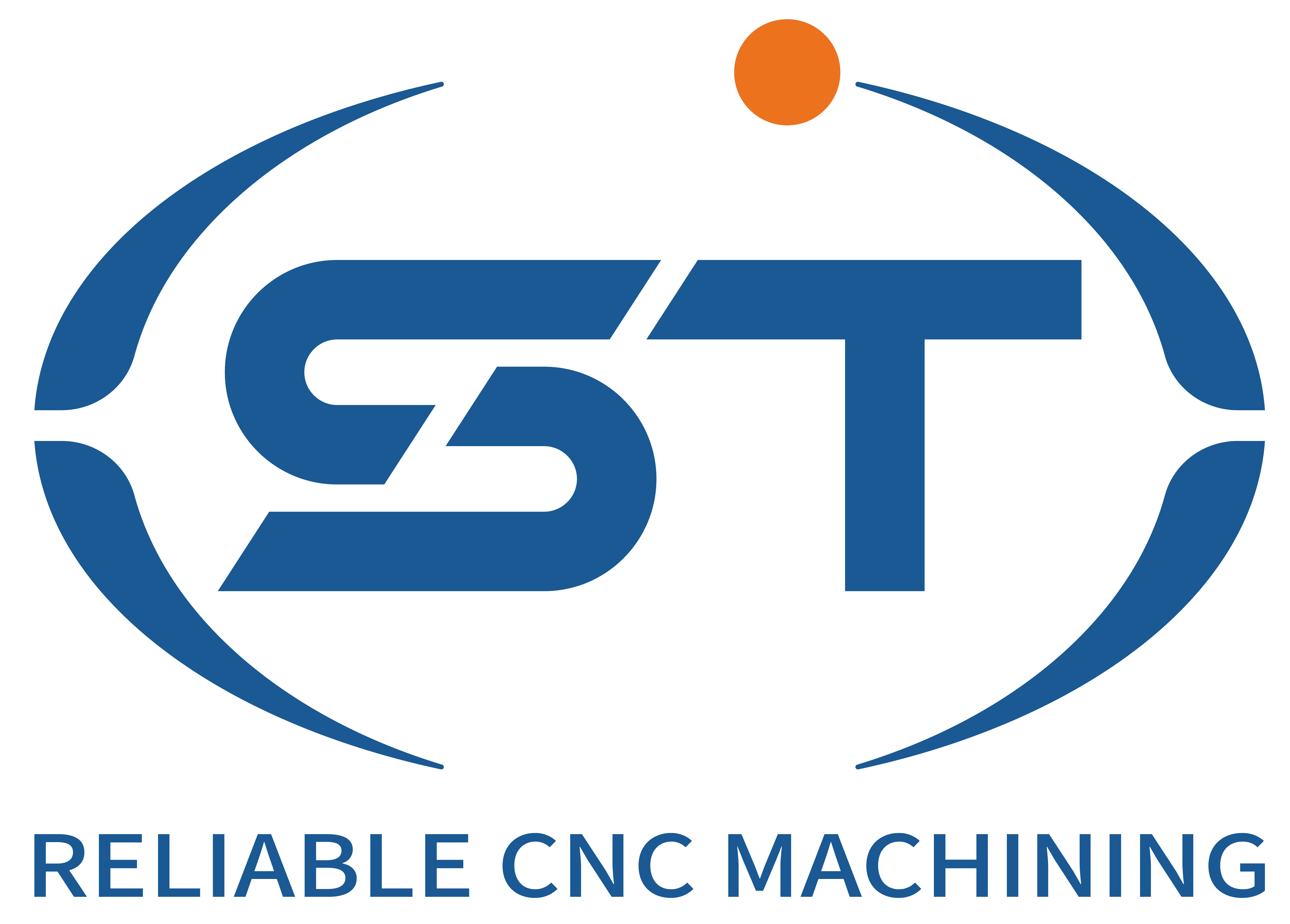The process analysis method for CNC turning of automotive parts is a systematic and highly specialized process, aiming to ensure the quality, efficiency and cost-effectiveness of part processing. The following is a comprehensive and in-depth elaboration of the process analysis method:
Содержание
ПереключениеFirst, analysis of part structure and function
Structural features: Firstly, a detailed analysis of the structure of automotive parts is required, including their geometric shape, dimensional accuracy, surface roughness requirements, etc. For example, for shaft parts, attention should be paid to their diameter changes, lengths, chamfers, fillets and other features; For disc-shaped parts, their outer diameter, inner diameter, thickness and surface quality need to be taken into consideration.
Functional requirements: Understanding the specific roles and functions of parts in automobiles helps to determine the key control points in the processing. For instance, some parts may require high precision to fit with other components, while others may pay more attention to surface finish to reduce friction.
Second, assessment of material properties and processability
Material types: Commonly used materials for automotive parts include steel, aluminum alloy, copper alloy, etc. The physical properties such as hardness, toughness and thermal conductivity of different materials vary significantly, which directly affects the selection of processing parameters.
Machinability: Evaluating the machinability of materials, including cutting force, cutting temperature, tool wear conditions, etc., helps to set reasonable cutting speeds, feed rates and cutting depths.
Third, planning of CNC turning processes
Clamping scheme: Based on the shape and size of the parts, design a reasonable clamping method to ensure the stability and positioning accuracy of the parts during the processing. It may involve the use of three-jaw chucks, four-jaw chucks, centers or special fixtures, etc.
Tool selection: Based on the material properties and processing requirements, select the appropriate tool material (such as high-speed steel, cemented carbide) and tool type (such as cylindrical turning tools, internal hole turning tools, slotting tools, etc.). Meanwhile, consider the influence of the geometric parameters of the cutting tool (such as the rake Angle, relief Angle, and main deflection Angle) on the processing effect.
Cutting parameter setting: Based on the material properties and tool selection, determine a reasonable cutting speed, feed rate and cutting depth. The selection of these parameters needs to balance processing efficiency, surface quality and tool life.
Fourth, numerical control programming and optimization
Programming strategy: Select an appropriate programming method (such as manual programming or automatic programming) based on the shape of the part and processing requirements. During the programming process, factors such as tool path, cutting sequence, and tool withdrawal method need to be considered to reduce idle travel and improve processing efficiency.
Program optimization: Through simulation processing, trial cutting and other methods, the numerical control program is optimized to ensure the stability and accuracy of the processing process. Optimization may involve adjusting cutting parameters, modifying tool paths or improving clamping schemes, etc.
Fifth, monitoring of the processing procedure and quality control
Process monitoring: During the processing, parameters such as cutting force, cutting temperature, and tool wear are monitored in real time to ensure that the processing is under control. Meanwhile, pay attention to observing the surface quality of the parts, and promptly identify and handle potential problems.
Quality control: After processing is completed, dimensions of the parts are measured, surface roughness is inspected, etc., to ensure that the quality of the parts meets the design requirements. For substandard parts, the causes need to be analyzed and corresponding measures taken for improvement.
Sixth, continuous improvement and experience summary
Continuous improvement: Based on the feedback during the processing and the results of quality control, constantly optimize the CNC turning process to enhance processing efficiency and quality. For example, adjusting cutting parameters, improving tool selection or optimizing clamping schemes, etc.
Experience summary: Summarize the successful experiences and lessons learned during the processing to form replicable process specifications or operation guidelines, providing references for the subsequent processing of similar parts.




